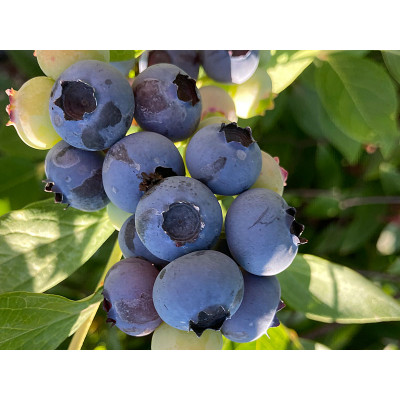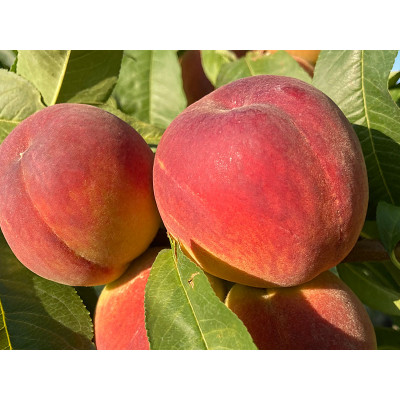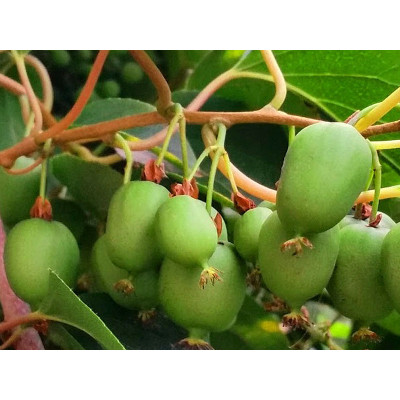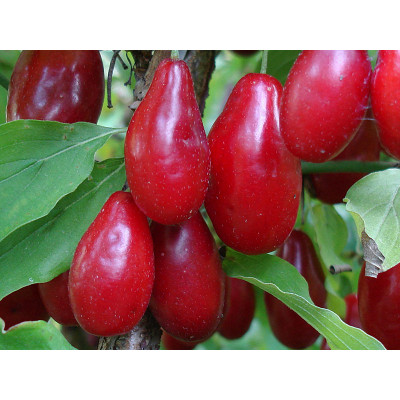Bio Bitter orange (Citrus × aurantium)
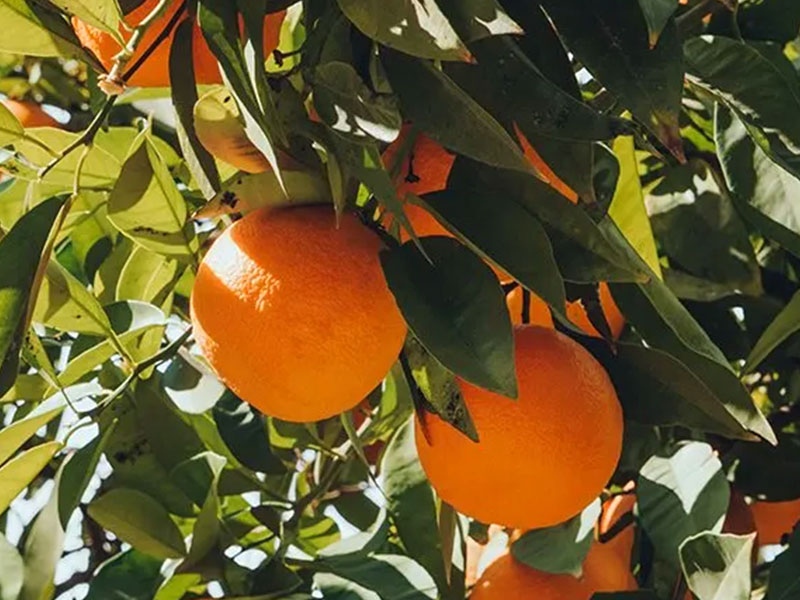
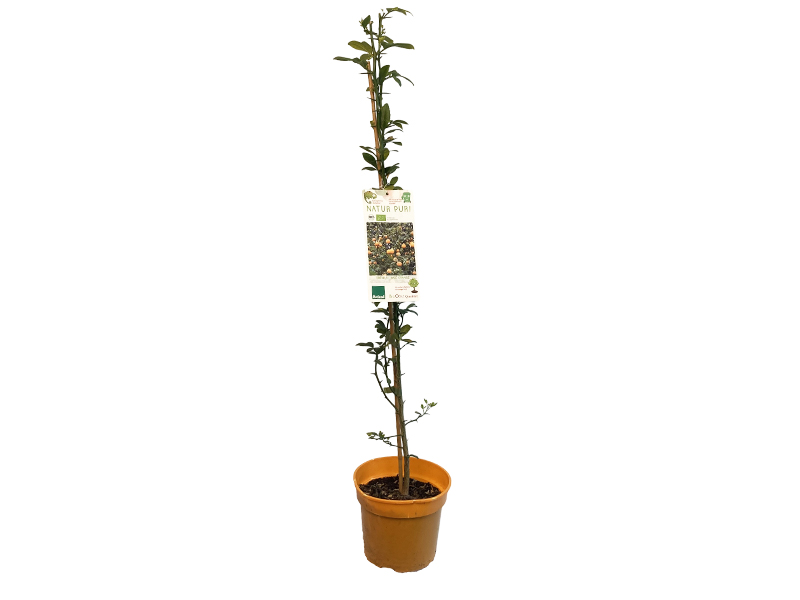
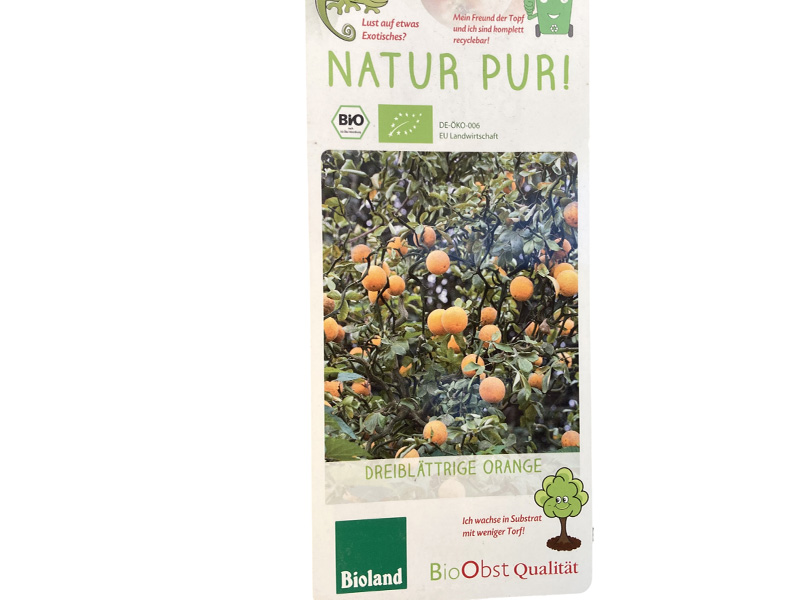
New



- All the plants that we have on offer and that you can order are actually in stock.
- The standard delivery time is 2-3 working days.
- We always ship parcels on Mondays, Tuesdays and Wednesdays.
- By arrangement, we can also ship plants on Thursdays or Fridays (we do not normally ship on these days in case there is a problem so that the parcels are not left in the depot unnecessarily over the weekend).
- The shipping price depends on the weight of the ordered goods (the more products, the cheaper the price)
- after you have placed the plants in the shopping cart, enter “calculate provisional shipping price” in the shopping cart, after entering the data the eshop will calculate the provisional shipping price for you.
Ask a Question About This Product
Bio Bitter orange (Citrus × aurantium)
| Specifications | |
| Height at sale | 100cm |
| Pot | 3L |
| Ripening time | October |
The standard delivery time is 3-4 working days.
We send goods on Monday, Tuesday, Wednesday, by agreement also Thursday or Friday.
We send goods on Monday, Tuesday, Wednesday, by agreement also Thursday or Friday.
Price
25,00€
- Stock: In Stock
- Model: Citrusy
- The bitter orange tree (Citrus × aurantium) is an evergreen subtropical plant. It is a natural hybrid between the mandarin ( Citrus reticulata ) and the pomelo ( Citrus maxima ) from which it takes its bitter taste. Its origins are found in Asia.
- The bitter orange tree is a tree that can grow up to 10m. It has a dense crown. There are strong thorns on the branches.
- Almost 90% of the flowers are bisexual, the rest are male flowers.
- The fruit is 8-10cm in diameter at maturity. The surface of the fruit is covered with a thick rough skin, reddish orange in colour. Inside there is an orange very acidic flesh. Bitter orange fruits are so acidic that they are almost impossible to eat directly.
- Their main use is for making marmalade. The peels of the unripe fruit are pressed to produce oil for flavouring confectionery, ice cream, gelatine, soft drinks and liqueurs and for adding flavour to cosmetic products. The young cherry-sized fruit is a source of 'petitgrain oil' used for nervous stress, exhaustion, insomnia and to calm the mind, and is also a component of genuine cologne.
- The bitter orange tree thrives best in subtropical climates, yet survives a brief drop in temperature below freezing without harm. In the tropics, it is grown at altitudes above 500 m. It thrives mainly in nutritious, loamy to clayey, well-drained soil with a high water table. It can tolerate poorly salinated substrate, but not prolonged drought and strong winds. It can tolerate poorly seeded substrate, but not prolonged drought and strong winds. In our conditions it is suitable for growing in a container, on a terrace or in a conservatory.


